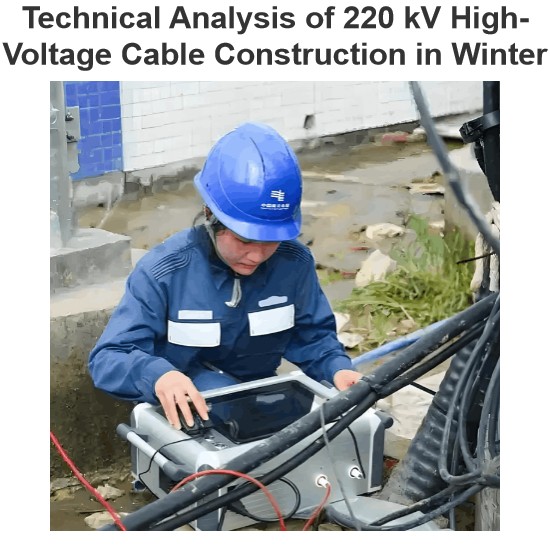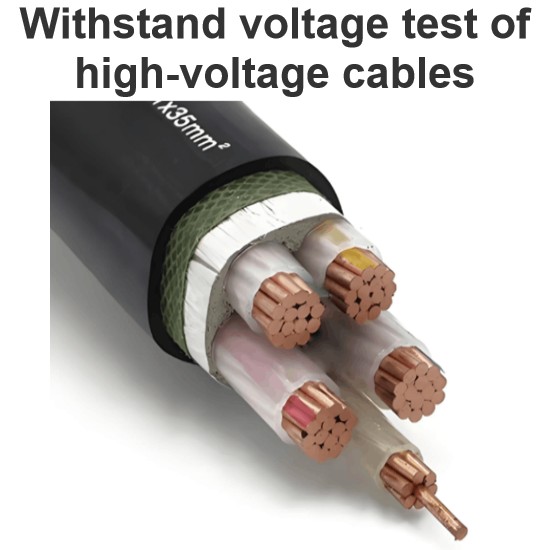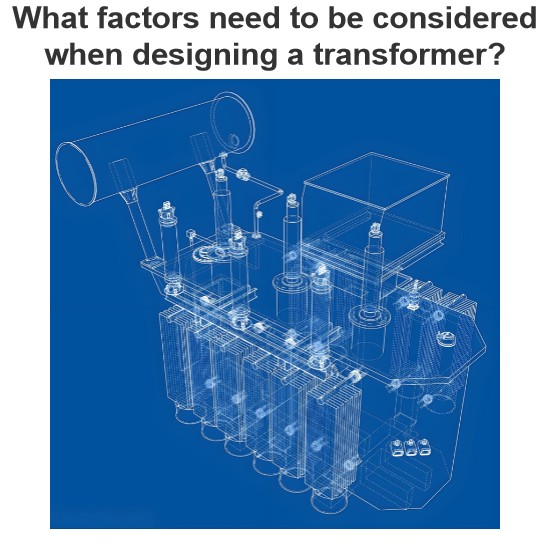| Brand | ROCKWILL |
| Model NO. | Overhead Line Single Phase Automatic Step Voltage Regulator |
| Rated voltage | 33kV |
| Phases | Single-phase |
| Series | RVR |
Overview
The RVR-1 Feeder Automatic Voltage Regulator is a single-phase, oil-immersed autotransformer equipped with an advanced RVR controller and an on-load tap changer (OLTC). Designed to optimize grid efficiency, it dynamically adjusts voltage levels by monitoring and sampling voltage/current signals, enabling precise load management through step-by-step voltage increments ("boost") or decrements ("buck").
Key Features
Voltage Regulation
±10% voltage adjustment range (32 steps of 0.625% per step).
Rated for 2,400 V (60 kV BIL) to 34,500 V (200 kV BIL), compatible with 50 Hz and 60 Hz systems.
Smart Controller Technology
Built-in RVR controller with GPRS/GSM and Bluetooth connectivity for remote monitoring and control.
Self-developed algorithms for real-time voltage/current data acquisition and adaptive adjustments.
Integrated Protection Functions
Lockout mechanisms for fault conditions: line fault, overload, overcurrent, and under-voltage.
Adjustable settings: voltage reference, step range limits, transition delays, and system parameters.
Rugged Construction
On-load tap changer with motorized drive, current/voltage transformers, and limit switches.
High-creepage porcelain bushings and MOV-type surge arresters for enhanced insulation and surge protection.
Standard Features
Operational Components:
Tap position indicator with ADD-AMP adjustment.
Motorized tap changer with dedicated power supply.
Control cabinet with removable front panel and conformal-coated circuit boards.
Safety & Maintenance:
Oil drain valve with integrated sampling port.
Pressure relief device and oil sight gauge for condition monitoring.
Lifting lugs and corrosion-resistant nameplates for easy installation and identification.
Applications: Ideal for utility distribution networks, industrial facilities, and renewable energy systems requiring stable voltage regulation under dynamic load conditions.
Technical Parameters







